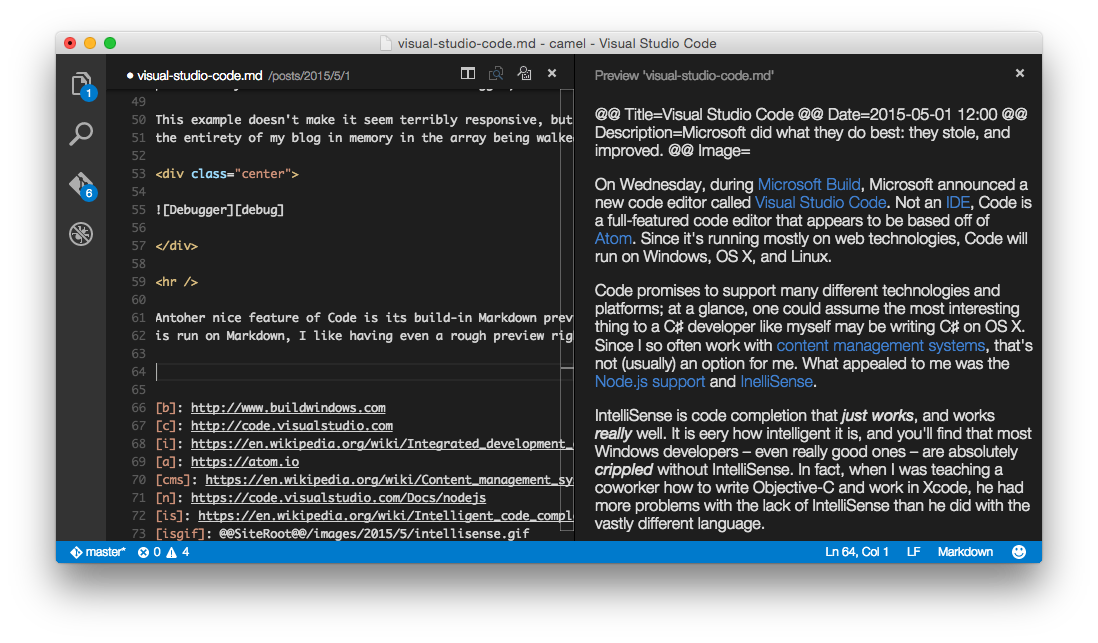

This is then passed on to C2, which compiles this into. The first pass is the parser (and some optimisation) of the source code - this creates temporary CIL(C intermediate language) code. VB6 outputs this first pass directly from the VB6 IDE. (though I did state several posts ago that C2.dll and C2.exe are " 32-Bit 80x86 Compiler Back End")Ĭ1.DLL is the first pass of the compiler from C. The output from the front-end is then processed as the input to the back-end.įorgive me if I sometimes assume everyone knows these basic facts. Generally speaking, a compiler back-end is language agnostic the front-end is responsible for taking source statements as input.

It might be helpful if you referred to C2.exe as the back-end of the compiler. Or ask anyone who is a competent user of VB6. Or compile a VB6 project and use Task Manager to verify that C2.exe is being used. Look at C2.EXE in your VB98 folder (I'm sure you have VB6 installed) and compare it with C2.DLL in C++. It happens to be true, it is up to you if you want to believe it. I'm just telling you something you apparently don't know - that VB6 uses the Microsoft C++ compiler. Either that or you are unaware that C/C++ uses the Microsoft C2 compiler. No, the assumption is that you are unaware that VB6 uses the Microsoft C2 compiler. Unless you can, the assumption is that what you said is not true.

In other words you cannot find an authoritive source. Microsoft support VB6 programming ( VB6 Support Statement,Īnd, as everyone knows, nothing on the internet is more authoritative than Wikipedia )īut if you don't like that try using Google. Later versions of C++ use C2.dll Component OBJ files before linking.Ĭ2.exe is used in VB5 and VB6 and earlier versions of C++. " Ĭ2 is the object compiler and is used to compile individual modules (such as. " The Visual Basic compiler is shared with other Visual Studio languages (C, C++). It has been the case since the launch of VB5 in 1997.įor a simple proof try Wikipedia - surely there is nothing more authoritative ). Surely anyone who claims to know anything about VB6 programming (or VB5 for that matter) knows this. When I say something like that I nearly always provide a link to something authoritive.
HOW TO WRITE C CODE IN VISUAL STUDIO 2017 FREE
To MSDN Support, feel free to contact uses the Microsoft C2 compiler (the C/C++ compiler). If you have any compliments or complaints This can be beneficial to other community members reading this thread. Please remember to click "Mark as Answer" the responses that resolved your issue, and to click "Unmark as Answer" if not.
HOW TO WRITE C CODE IN VISUAL STUDIO 2017 UPGRADE
Earlier versions of Visual Studio (2008 and prior) did haveĪ project upgrade wizard that would help you do this. If you want to open VB6 in visual studio, it is recommend to move your code to Visual Basic. Opening VB6 projects directly in Visual Studio 2012 and Visual Studio 2017 is not supported. Visual Basic Tools for Visual Studio does not claim to be a feature-complete replacement for the classic VB6 IDE. >I am trying to build VB code in Visual Studio 2012 using Visual Basic Tools for Visual Studio add-in/package but it failed to compiled.


 0 kommentar(er)
0 kommentar(er)
